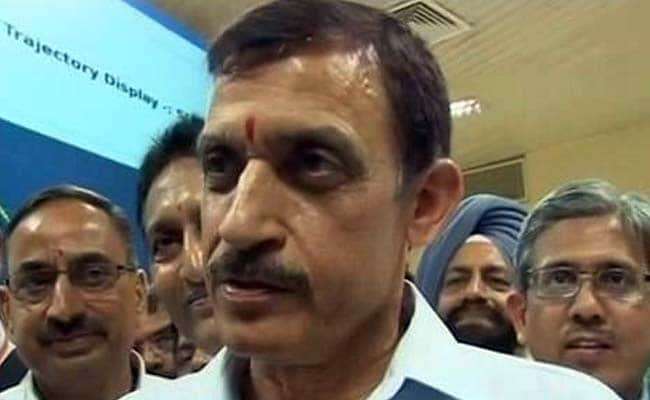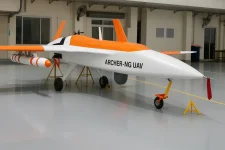- Views: 2K
- Replies: 19

Dr. Avinash Chander, the former head of India's Defence Research and Development Organisation (DRDO), has proposed the development of a significantly longer-range tactical ballistic missile.
Speaking to Nitin A. Gokhale of Bharat Shakti, Dr. Chander advocated for a missile with a range of 1200-1500 km, emphasizing a cost-effective approach to its development.
India's Current Tactical Missile Capabilities
India currently fields the Pralay, a short-range ballistic missile (SRBM) with a range of up to 500 km.This missile is designed for battlefield use and will be a key part of the Integrated Rocket Force (IRF). Dr. Chander's proposal would represent a threefold increase in range.
Strategic Implications
The development of a tactical missile with a range exceeding 1000 km has significant strategic implications. Missiles of this range begin to approach the classification of intermediate-range ballistic missiles (IRBMs).IRBMs are often subject to arms control treaties and increased international scrutiny due to their ability to act as regional force multipliers.
Potential Challenges
Developing a new missile in the proposed range would likely bring increased attention from India's neighbors and international partners. Questions may arise regarding the intent behind such a weapon system and its compatibility with India's doctrine of credible minimum deterrence.Moreover, developing and fielding an entirely new class of missile will undoubtedly consume significant resources, both financial and in terms of technical expertise.
Policy Considerations for India
Dr. Chander's proposal highlights an ongoing debate within India's defence establishment regarding the appropriate force mix to address potential regional threats.This proposal will undoubtedly spark further discussions on the trade-offs between tactical battlefield advantages and the broader strategic ramifications of developing longer-range missile systems.


